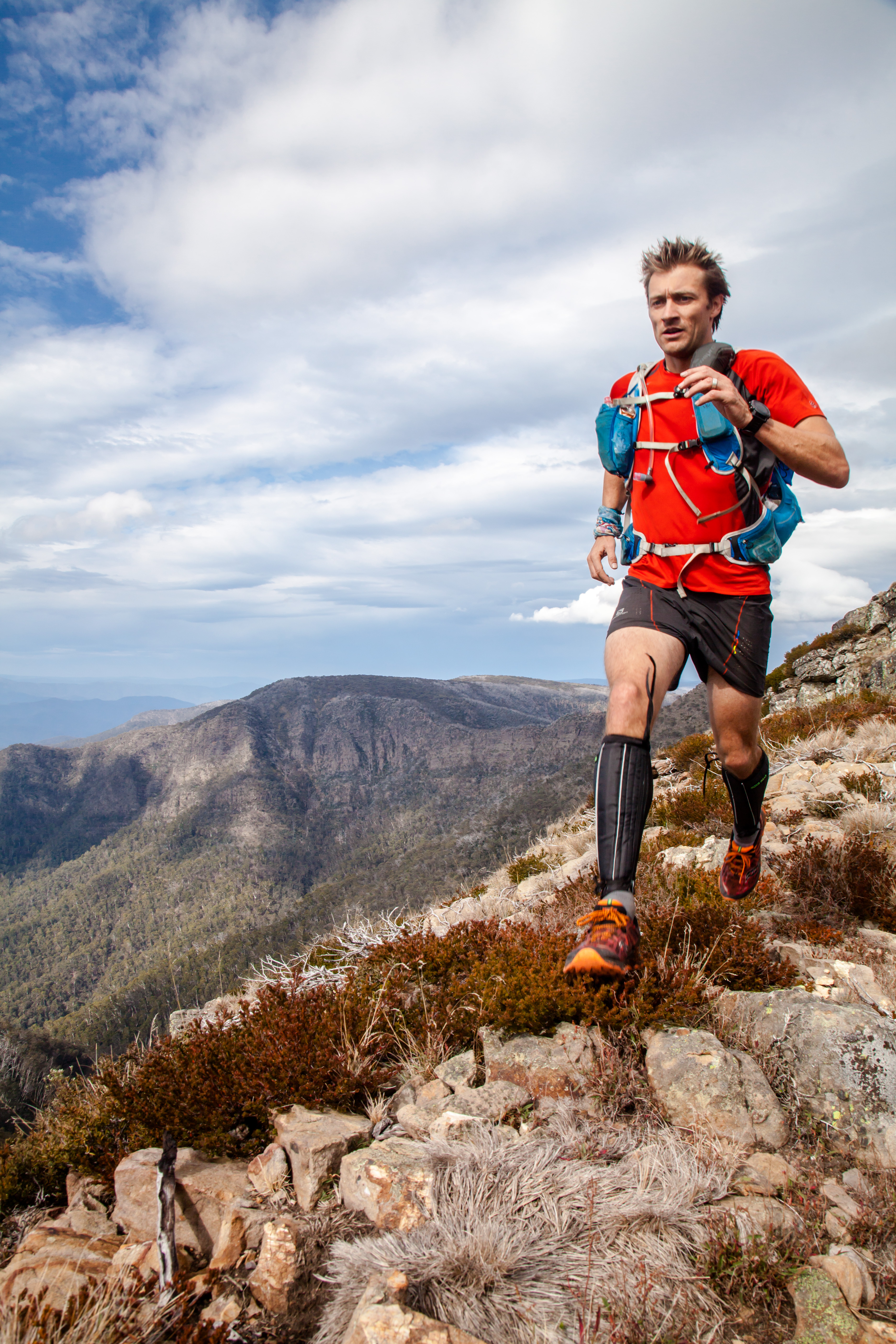How to choose trail running shoes: drop, sole, grip, weight and more explained
Wondering how to choose trail running shoes that are right for you, and your chosen trails? We’re here to help
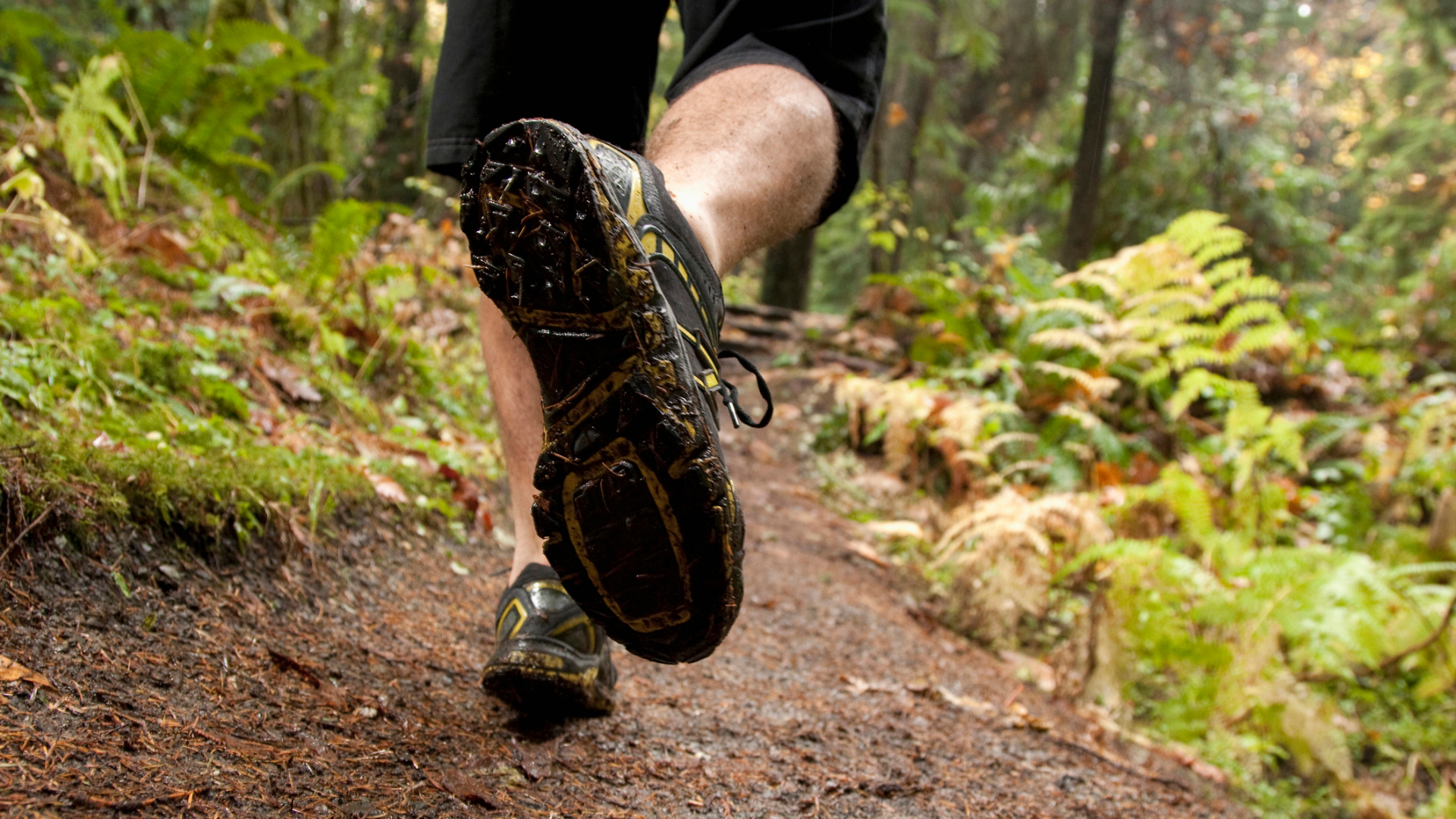
Trail running is a simple pursuit, right? Just lace up, find a trail, and run. Go wild. But then you go to buy a pair of trail-specific running shoes and realise that the choice between brands, models, styles and trademarked technologies is endless.
Where to start? Well, our expert 'how to choose trail running shoes' guide can show you the way, so you can concentrate on searching for singletrack.
- Treat your feet with the best men's trail running shoes and best women's trail running shoes
- In the cold weather, you'll also want to think about the best leggings for running
- How to start trail running: 11 top tips to get you out on the trails
If the shoe fits
Choice is good, but it can cause confusion, so let’s look at the key considerations when thinking about how to choose trail running shoes, starting with you
Yes, you’re the most important consideration to begin with. Every foot shape is unique. Every individual’s biomechanical set up is unique. People’s fitness and experience level is variable. Every running target is different.
So the first thing to analyse is you – where is your training at, what are you aiming to achieve with your running, what are your unique biomechanical strengths and weaknesses? The latter is worth getting checked out by a professional before you pump good money into a pair of shoes. It matters. Not least because trail shoes are not exactly inexpensive.
At the very least, understand if you are a natural pronator or otherwise; do you strike on fore or midfoot or on heel? Do you have knee, ankle or other biomechanical issues? A pair of shoes won’t totally solve any major issues, but they may play in to your strategy to overcome them. Or at least not exacerbate them. Zero-drop shoes (where the heel is the same height as the forefoot) won’t, for instance, play well if you have tight Achilles, dodgy calves, and poor running form.
Once you know your running idiosyncrasies, make sure you research whether the shoes you’re interested in have any specific design features that pertain to your biomechanics. The most obvious question here is: do you have a fat or thin foot, especially across the mid-foot and toe splay? Choose a shoe with a toe box that’s either wide or narrow, accordingly.
Advnture Newsletter
All the latest inspiration, tips and guides to help you plan your next Advnture!
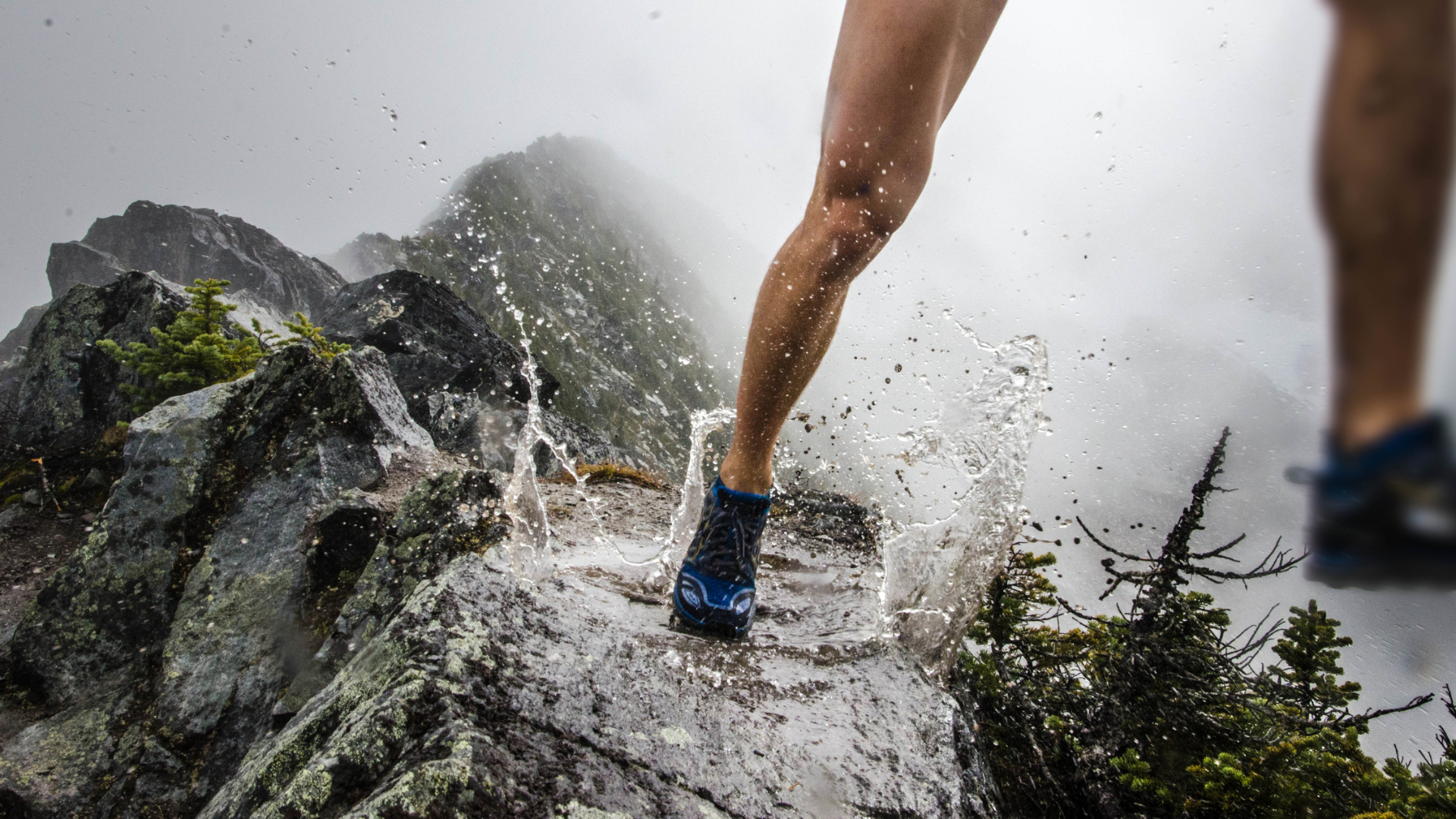
Experience
This advice goes for all forms of running, trail or otherwise: you need to consider the context of your running targets – are you keeping things short, or going long distance? Will you be taking on mountain races or parkruns? Have you been running forever, or are you just getting started? Do you see yourself as a pointy end runner, a mid-field finisher, or a back-of-the-pack just-there-for-the-experience sweep buddy?
There’s no use jumping straight into the trail running shoe equivalent of a Ferrari if this is your first dirt rodeo off the couch. Equally, if you’re the local Parkrun record holder, nailing sub 3-hour road marathons regularly, you probably don’t want to play it safe and buy a pair of trail shoes that equates to conservative family station wagon.
Intended terrain
Your preference for a specific environment should help dictate how to choose trail running shoes. Think carefully about where you will be running, and when.
‘Soft Ground’ models packing serious grip are great for muddy, soft, marshy, wet trails, but if you’re planning to run endless miles of well-buffed fire-trails, or mostly targeting runs from home to your local neighbourhood parklands, you’ll want to opt for a ‘door-to-trail’ style shoe, with more cushioning and less football boot–like grip.
Training for an ultra on fairly uniform, non-technical trail? Go for that plushy midsole for the long-run, easy rider comfort factor.
Aiming to run sharp, rocky, technical and steep mountain terrain? Shoes with robust grip, and a more rigid last with a rockplate for protection, balanced with good trail feel, are going to serve you best – assuming you have good running technique.
Dreaming of desert or beach running, with lots of sand? You need an upper that breathes, given the heat, but stay away from big-hole mesh uppers that will let sand in.
Brands such as Salomon and inov-8 offer the biggest range and the widest variety of shoes intended for different trail surfaces.
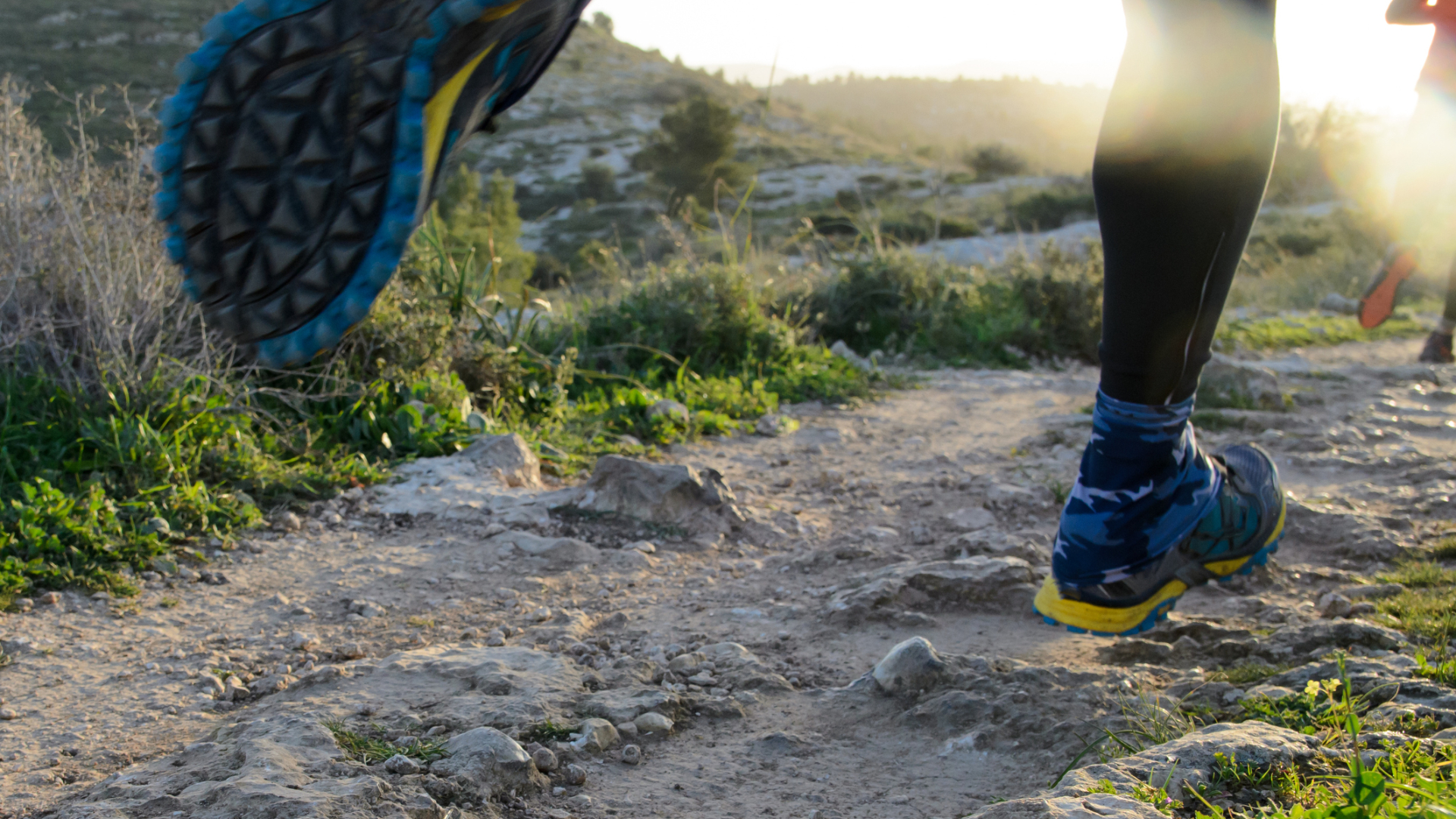
Weight (the shoe’s not yours)
As in life, and health, weight matters – but it also doesn’t. Paradoxical advice, but it makes sense when explained.
Sure, lightweight shoes are great for go-fast racers who are confident and experienced, and to whom every gram matters. And of course, no-one wants a dead weight of bulk on their foot when trail running – the aim is to be nimble.
But in that middle ground where most of us run, the difference between a suitable lightweight trail runner and something that will provide enough protection might be 30-40 grams. The longer the run, the more extra weight will fatigue you, of course, but this won’t affect you performance or experience has as much as bruised feet or twisted ankles, so it can be best to prioritize protection and stability over small weight savings.
So when thinking about how to choose trail running shoes, this point is about balance. If you’re going short and fast, go lightweight if it makes you feel like a racer and your biomechanics can handle the skeletal structure of the shoe. But if you are going longer or have more stability issues, don’t stress over 20–40 grams in the shoe chassis. It won’t matter.
Compatibility with your foot type is the priority over a specific weight, as it will support you biomechanically and improve overall efficiency and conservation of energy. There are many shoes (like Hoka One One) that offer both good structure and plush cushioning, yet still weigh in on the lighter end of the scale.
Minimalist, maximalist or traditional?
This question is the kernel of many a heated discussion – maximalist or minimalist or stick with what’s always been? Maximalist shoes a la Hoka One One (pronounced Hoka O-nay O-nay) were originally laughed at as gimmicky clown shoes. However, due to their marshmallow cushioning and extreme comfort, they have become wildly popular amongst ultra runners in particular, as well as heavier runners and those harbouring ongoing injury issues.
While maximalist shoes allow less trail feel and connection to the earth than traditional or minimalist shoes, they do offer superb comfort and protection from the sharper elements, and the plusher ride makes endurance distances much more palatable. Although the midsoles are often huge there’s often little or no drop in these shoes, and sometimes they have a rocker (so the mid part of the sole is lower than both the heel and the toe, creating a canoe shape and promoting a rolling running cadence).
Adherents to minimalist (little-to-zero heel-to-toe drop but also much less-to-no padding in the midsole), argue the less-is-best tactile approach is better for developing good running technique, stronger biomechanics and better running efficiency, along with improved ‘trail-feel’ – feedback from your foot strike that allows quick and intuitive reactions and more stability over technical terrain.
Traditional shoes sit somewhere in the middle and often try to find the sweet spot between delivering enough protection for the foot, while also allowing enough feedback from the trail for better control and proprioception (perception or awareness of the position and movement of the body).
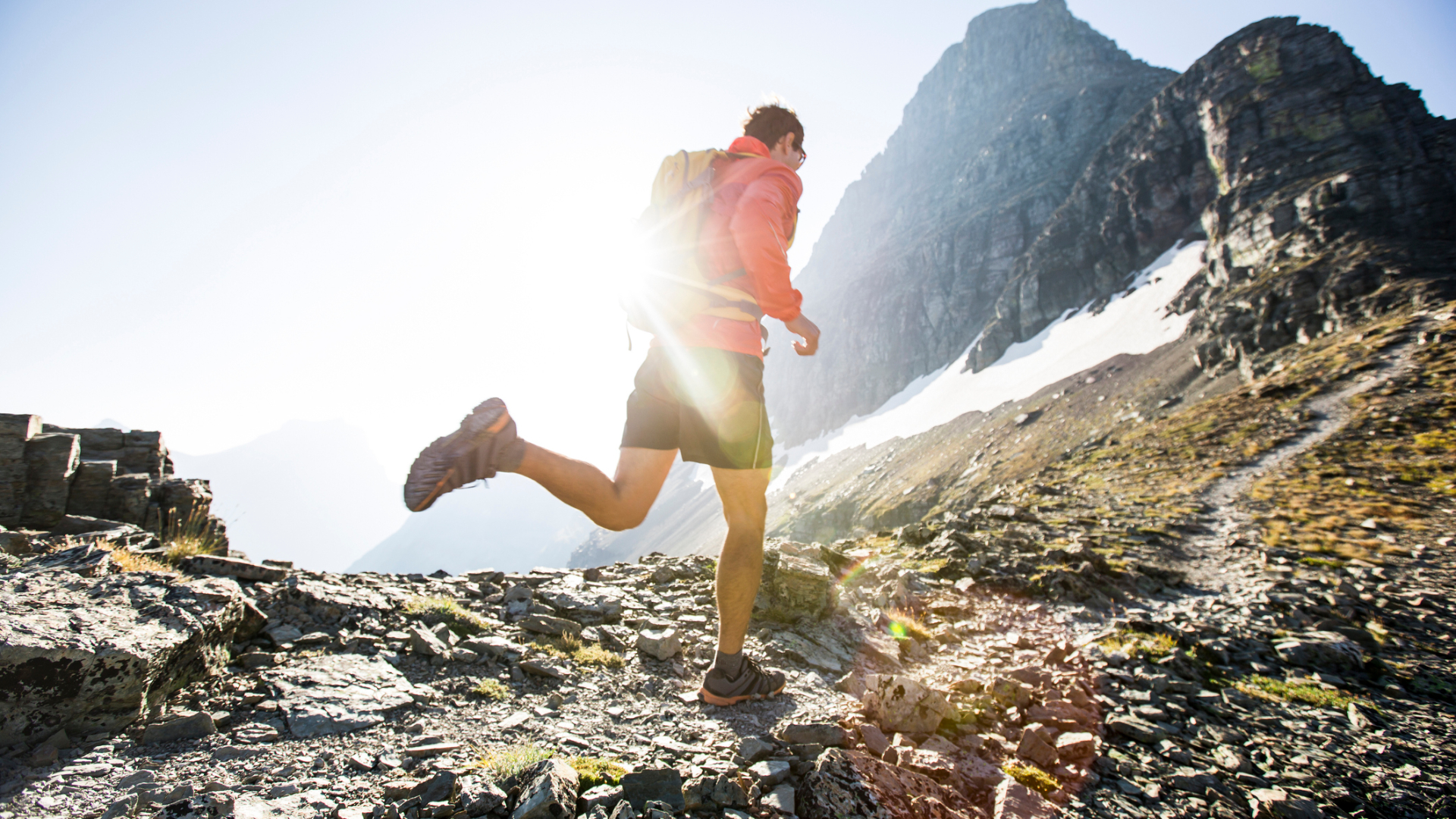
The drop
The ‘drop’ is the difference between how high the forefoot sits above the ground and how high the heel sits above the ground. If the heel is 22mm and the front sits at 10mm, you have a very traditional-territory 12mm heel–toe drop.
Having a raised heel lessens the forces pulling on your Achilles and offers a little more protection for heel strikers – this is how all old-school running shoes were designed. The evolution of trail running shoes saw drops get smaller, because trails are more technical (with roots, rocks and obstacles to negotiate) and less drop means more stability, but also because conditions underfoot are generally softer than solid tarmac.
Drops can go right down to zero, which requires you to have better running form and stronger biomechanics, specifically around the Achilles and calf. Avoid transitioning directly from a higher drop to a much lower one – that’s asking for an injury. Low to zero drops require a period of gradual strengthening of the Achilles tendon and calf muscles to condition your body to the position. The better your running form, the easier the transition will be.
Most people first getting into trail running will opt to start in the traditional zone, especially those with a heel strike, who may need a 12mm drop to ensure a good amount of ramp and heel cushion. Midfoot strikers usually prefer a middle-ground drop of 6–8mm, while toe strikers are often already biomechanically set up to cope with zero drop. You would need to be a midfoot striker with bulletproof calves at minimum to realistically have any hope of wearing zero-drop shoes straight out of the box over any distance.
Stack height
This is how high above the ground your foot will sit, which depends on how the midsole, innersole and outersole is constructed. Some shoes have a high ‘stack’ which generally means they are well cushioned, and may house other elements like rockplates (a protective barrier to prevent sticks and stones puncturing the sole and injuring your under foot).
Note that stack height doesn’t always determine heel-to-toe drop (see prior point) as a low heel-to-toe drop can still sit on a high stack.
The upside to a higher stack – generally considered 12mm or more – is cushioning and protection. The downside is it dulls feedback from the trail, meaning your proprioception (how your foot reacts and moves to the variable terrain beneath) is lessened.
On highly technical terrain (rocky, rutty, rooty), this can make things more unstable, threatening confidence, and increasing the risk of tripping or twisting an ankle. A higher stack can also – depending on the design – just make things more unstable or tippy, as you are noticeably higher off the ground and your centre of gravity is lifted.
A lower stack height generally means less protection, but more ‘ground feel’ and an increased ability to react to the earth and its bumps. Again, most runners new to trails thinking about how to choose trail running shoes will go for the middle ground (shoes with 8–12mm stack), at least until they work out what they like.
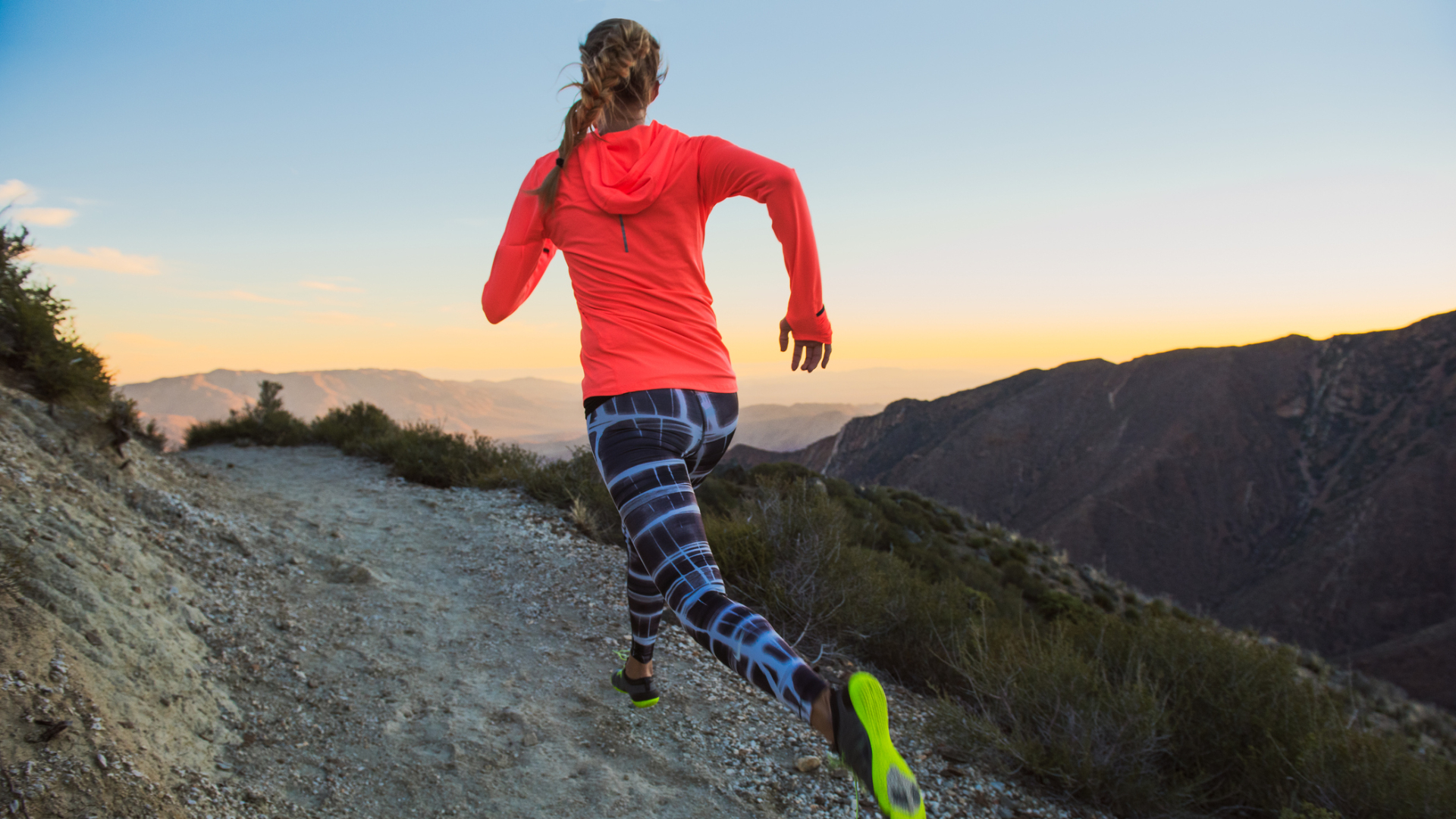
Grip and lugs
Grip is key when twisting and turning on tight singletrack corners or blasting over slippery rocks and earth. But it’s not always about having ‘massive’ lugs. Sure, that pair of Speedcross 5s work well in mud and wet, but only if it’s also soft ground. Blast them along hardpacked, buffed trail for too long and you will end up with bruised feet and your stability will actually suffer. The harder and more regular the surface, the less like studs you need the grip to be.
The rubber compound being used will also make a difference – softer compounds often grip much better, but they also wear much quicker, especially when they are used on any manmade surfaces (such as door-to-trail running, where they have to contend with concrete) or when the rocky base is also bitey sharp, which requires a harder, more hard-wearing (but also less grippy) rubber. Inov-8’s graphene soles (on the Terraultra G-grip 270, for example) offer both grip and durability.
If you are doing lots of ascending or descending on mountain trails, it’s worth diving into the design, shape and positioning of the lugs, too, as there are some geometries that work better than others on the climb or the downhill bomb. Rear-acing chevrons shapes for example, can really help with control and braking during descents.
Rockplate?
Similar to stack height, a rockplate serves to protect your feet from sharp terrain and lessen the chances of bruised feet. However they also can deaden trail feel. The best rockplates are incredibly thin, allow good trail feel but still can’t be punctured by sharp objects while also dispersing any intrusion force from rocks. They can also add weight to a shoe, but in general, rockplates are a good thing on technical terrain.
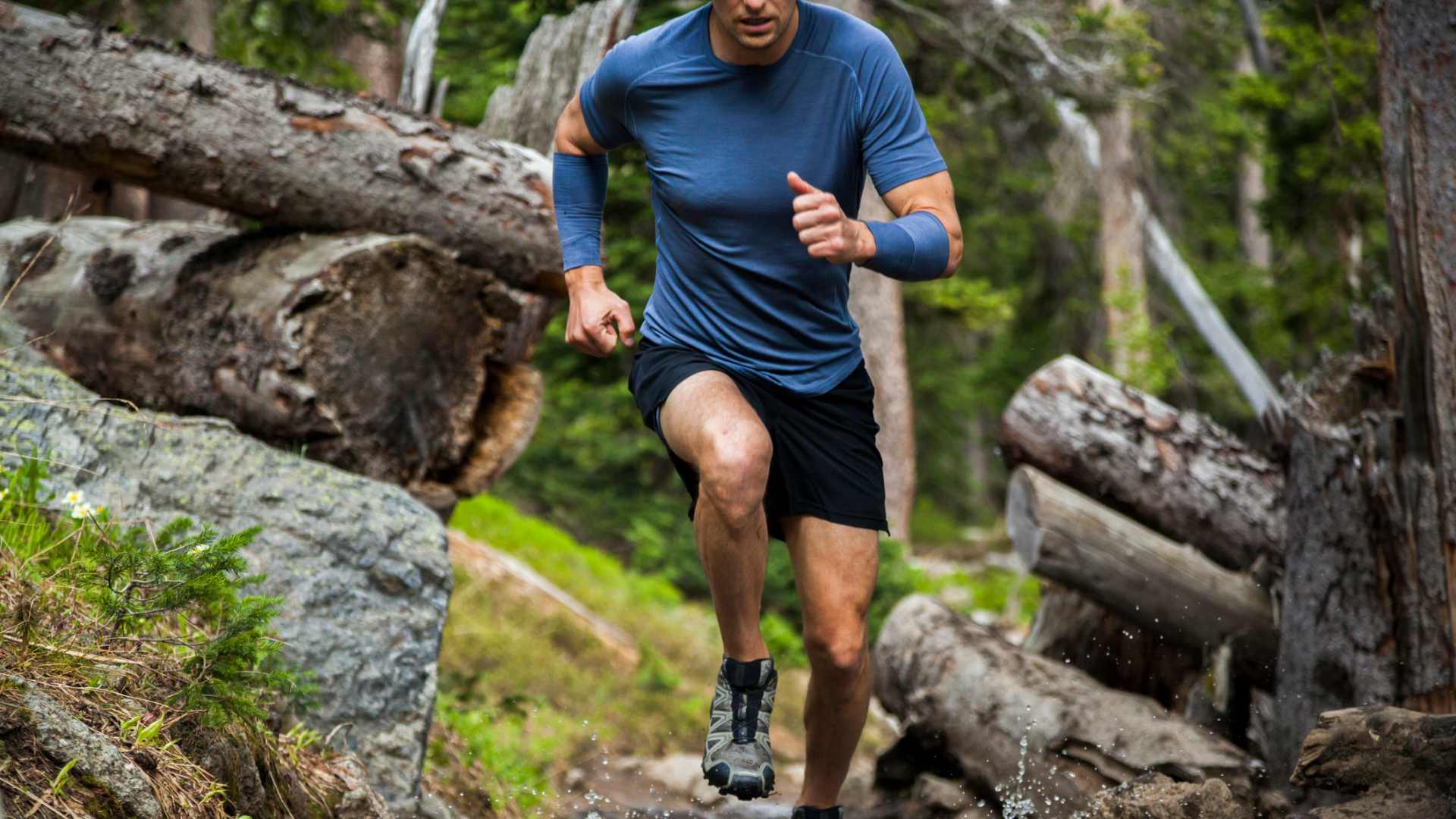
Toe box
This one’s easy – got wide feet, especially up front? You need to make sure the toe-box is bigger and more shaped like a regular foot (so more rectangular, without slicing in on an angle, leaving no room for your little toes). Remember, your toes are designed to ‘splay’ or spread out on impact, which gives more stability. The Altra range are known for a toe-box shaped more like a regular foot.
The key to finding a shoe with a roomy toebox is to ensure your mid foot stays in place inside the shoe, and doesn’t feel sloppy (without having to wrench your laces too tight, which causes other issues).
Waterproofing
In general, although many brands offer Gore-Tex (GTX)or other waterproof versions of their trail shoes, it’s just not needed for most trail running outings, even where you know there’s plenty of water.
If it rains heavy, or you have river crossings, your feet will get wet no matter if you have Gore-Tex proofing or not. (Note that big hole in the top of the shoe – the one you put your foot in – it kinda lets in water no matter how waterproof the rest of the shoe is). And once water gets in, a waterproof membrane will keep it in for longer.
Instead, look for a shoe that drains water well, and dries quickly. No one needs squelchy shoes while running, but the idea that water in your shoes creates a greater chance of blistering is false (wear better socks if you have this problem).
When thinking about how to choose trail running shoes, the caveat to ‘no waterproofing required’ is less about water and more about warmth. Some of those Gore-Tex lined shoes can be handy in either extremely cold conditions, including when you’re running in snow. The extra layer acts as insulation, keeping feet warmer in icy conditions.
Other Features®™
That non-sensical, meaningless, usually capitalised word labelling a new ‘feature’ of the shoe that will magically salve whatever your running kryptonite is? In general, ignore it. That’s called marketing. So beware of shoe recommendations that speak about a shoe’s technical features without explaining how that feature actually functions in relation to your foot, and how your foot behaves during the action and impact of running.
A running analysis and a chance to take a pair of shoes for a run around the block will be the only way to find this out and the best way to get a feel for if the shoe does really fit.
Australia-based Chris mastered his outdoor gear reviewing technique as an editor of outdoor and adventure magazines, including Walk (UK), Outer Edge and Trail Run Mag (Australia), and as a contributor to the likes of Australian Geographic Outdoor, Wild, Adventure NZ, and Lonely Planet adventure titles. He mostly knows what he's doing. Apart from that time he was helicoptered out of the Bhutanese Himalayas. Or evacuated from the Australian desert to hospital. Or... well, let's say he tests his gear with gusto.
